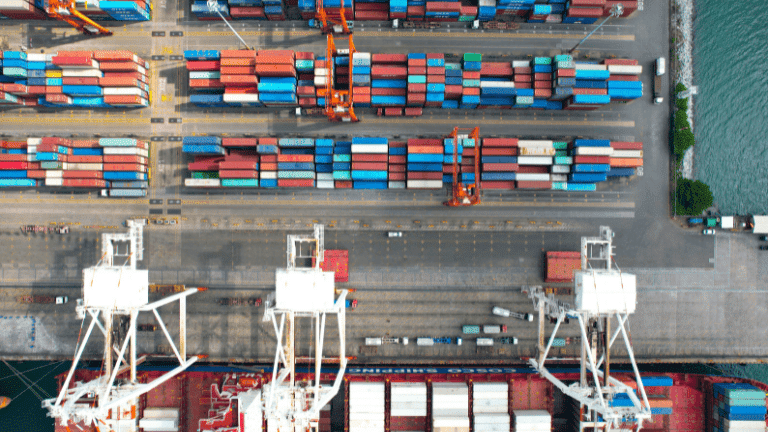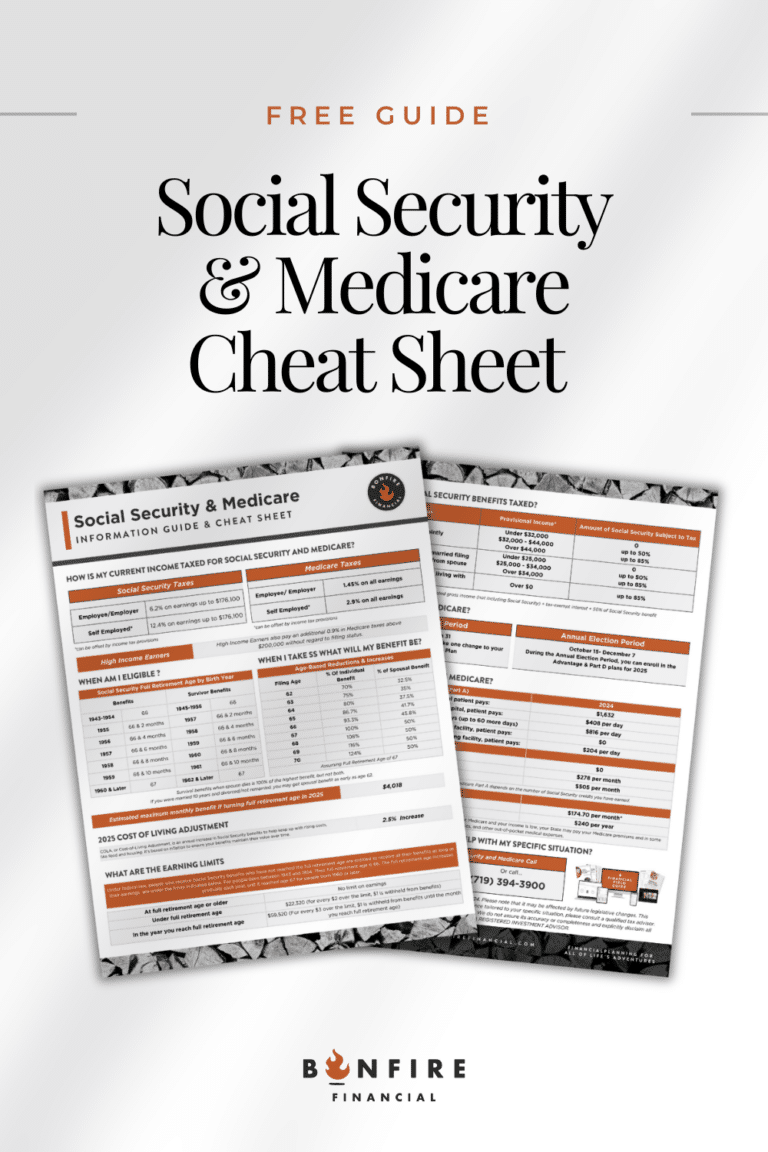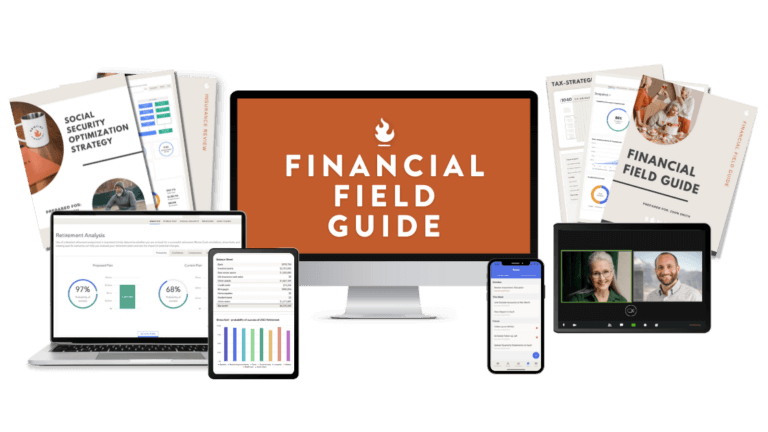Tariffs have been a hot topic in recent years, sparking debates on whether they serve as a powerful economic tool or an unnecessary burden on businesses and consumers. If you’ve been wondering how tariffs actually work, how they affect your daily life, and what they mean for investors, this guide will break it all down.
From supply chains to stock market fluctuations, tariffs influence the global economy in ways that may not always be obvious. So, let’s dive into what they are, how they function, and whether they are truly beneficial or detrimental to economic stability.
Listen anywhere you stream Podcasts
iTunes | Spotify | iHeartRadio | Amazon Music
__
What Are Tariffs-?
At their core, tariffs are taxes imposed on imported goods. Governments use tariffs, or import taxes, to control trade, generate revenue, or protect domestic industries from foreign competition. When an import tax is applied, the importer (typically a business) must pay the government a fee based on a percentage of the product’s price. This cost may or may not be passed on to consumers in the form of higher prices.
Types of Tariffs
- Ad Valorem Tariffs– Charged as a percentage of the product’s value (e.g., a 10% tariff on imported steel).
- Specific Tariffs – A fixed fee per unit (e.g., $5 per imported car tire).
- Protective Tariffs – Designed to shield domestic businesses from foreign competition by making imports more expensive.
- Revenue Tariffs – Implemented primarily to raise government revenue rather than restrict trade.
While widely used throughout history, in today’s globalized economy, they can lead to unintended consequences.
Recent Tariff Announcements Under Trump
In early 2025, former President Donald Trump announced significant tariffs affecting major U.S. trading partners. Specifically, a 25% tariff was imposed on imports from Canada and Mexico, while a 10% tariff targeted Chinese goods. These measures were justified by the administration as necessary responses to issues such as illegal immigration and the influx of fentanyl into the United States.
Economists warn that such broad import taxes could lead to increased costs for U.S. consumers and businesses, potentially exacerbating inflationary pressures. Industries heavily reliant on imported materials, such as manufacturing and retail, may face higher production costs, which could be passed on to consumers in the form of elevated prices for goods ranging from electronics to everyday household items.
Retaliatory Tariffs
In response, Canada and Mexico have signaled intentions to implement retaliatory tariffs on American goods, raising concerns about a potential trade war within North America. Such actions could further disrupt supply chains and negatively impact various sectors, including agriculture and automotive industries, which are integral to cross-border trade.
China has also indicated plans to retaliate, including imposing tariffs on U.S. goods and initiating regulatory actions against major American technology companies operating within its borders. These developments add complexity to the already strained U.S.-China trade relations and could have long-term implications for global trade dynamics.
Negotiations:
Following negotiations, both Canada and Mexico agreed to enhance border security efforts. Canada committed to stationing 10,000 troops at the northern border and taking measures to curb fentanyl smuggling. Similarly, Mexico agreed to deploy 10,000 National Guard troops to its U.S. border to address fentanyl trafficking and illegal immigration. In response to these commitments, President Trump agreed to a 30-day pause on the proposed tariffs against these two countries.
However, the 10% tariff on Chinese goods remains in effect, with China announcing retaliatory measures, including tariffs on U.S. products such as liquid natural gas, coal, and oil. These developments have heightened concerns about potential trade conflicts and their impact on the global economy.
Why Do Governments Impose Tariffs?
1. Protecting Domestic Industries
Tariffs can give local industries an advantage by making imported goods more expensive, thereby encouraging consumers to buy domestic products.
2. Generating Government Revenue
Tariffs provide an additional source of income for governments. While income taxes and corporate taxes generate significant revenue, tariffs can supplement these funds.
3. Encouraging Fair Trade
Governments sometimes impose import taxes to penalize unfair trade practices, such as when a country is accused of dumping (selling goods at artificially low prices to drive out competition). Tariffs in these cases serve as a corrective measure.
4. Political and Strategic Negotiations
Tariffs can also be used as a bargaining chip in international trade negotiations. For instance, the U.S. has imposed tariffs on China and Mexico, prompting discussions on broader trade deals.
How Do Tariffs Affect Consumers?
One of the biggest questions around tariffs is whether they drive up prices for consumers. The answer? It depends.
In some cases, companies absorb the additional costs of import taxes to remain competitive, which means prices don’t necessarily rise. However, when businesses pass those costs onto consumers, it can lead to higher prices for everyday goods such as electronics, vehicles, and even groceries.
For example: A 25% tariff on steel could increase the cost of vehicles, appliances, and construction materials, and a 10% tariff on imported food could raise grocery prices, making dining out and grocery shopping more expensive.
However, if demand is low or companies find alternative suppliers, tariffs might not result in higher prices at all. Businesses often adapt by shifting production to non-tariffed regions, using automation, or renegotiating supplier contracts.
How Do Tariffs Impact the Stock Market?
Investors watch trade policies closely because they can affect business profitability and economic stability. When tariffs increase, some sectors benefit, while others struggle:
Sectors That Benefit:
- Domestic Manufacturing: U.S. factories may gain a competitive advantage as imported goods become pricier.
- Steel and Aluminum Producers: Higher import tariffs make domestic production more attractive.
- Agriculture (In Some Cases): Import taxes can reduce foreign competition, and domestic farmers may gain market share.
Sectors That Suffer:
- Retail and Consumer Goods: Companies that rely on imported goods (electronics, clothing, appliances) face higher costs.
- Automobiles: Many car parts are imported, so import taxes can drive up vehicle prices.
- Technology Companies: Many U.S. tech companies rely on global supply chains, and tariffs on Chinese imports
Stock markets often react strongly to tariff news. If investors believe this will harm businesses, stock prices can drop. However, if they are seen as a negotiation tactic to secure better trade deals, markets may remain stable or even rally.
Are Tariffs Good or Bad for the Economy?
The impact of tariffs depends on how they are implemented and how businesses respond. Here are some key pros and cons:
Pros:
✅ Encourages Domestic Industry Growth – Tariffs protect local businesses from cheap foreign competition.
✅ Can Improve Trade Deals – Used strategically, import taxes can bring foreign governments to the negotiating table.
✅ Generates Government Revenue – Tariffs provide an additional source of funds.
Cons:
❌ May Lead to Higher Prices – Consumers often bear the cost of tariffs through increased prices.
❌ Retaliatory Tariffs – Other countries might impose their own taxes or trade restrictions in response, hurting exports.
❌ Can Disrupt Supply Chains – Companies relying on global production may struggle to adjust.
How Should Investors React to Tariffs?
If you’re an investor wondering how to position yourself in a tariff-heavy environment, here are a few strategies:
- Diversify Your Portfolio – Hold assets across different sectors to minimize risk.
- Monitor Market Reactions – Stay updated on tariff policies and market trends.
- Consider Domestic Growth Stocks – Companies benefiting from tariffs may perform better in a protectionist environment.
- Look for Bargain Opportunities – Short-term market dips due to tariff announcements can create buying opportunities.
- Work with a Financial Advisor – A CERTIFIED FINANCIAL PLANNER™ can provide guidance on how all this may impact your portfolio, help you make informed decisions, manage risk, and identify opportunities for long-term financial success.
Final Thoughts
While tariffs remain a polarizing topic, their future depends on global economic conditions and political decisions. Trade negotiations, shifts in supply chains, and economic trends will dictate whether this becomes a long-term tool or fade into the background.
For now, the best approach is to stay informed, analyze the data, and make investment decisions based on facts rather than fear. Whether this turns out to be a boon or a burden, they are undoubtedly reshaping trade and investment landscapes worldwide.
Next Steps
Navigating trade policies and market shifts can be complex, but you don’t have to do it alone. Schedule a call with us today to discuss your unique situation and develop a strategy to protect and grow your wealth in an evolving economic landscape.
 Client Login
Client Login







